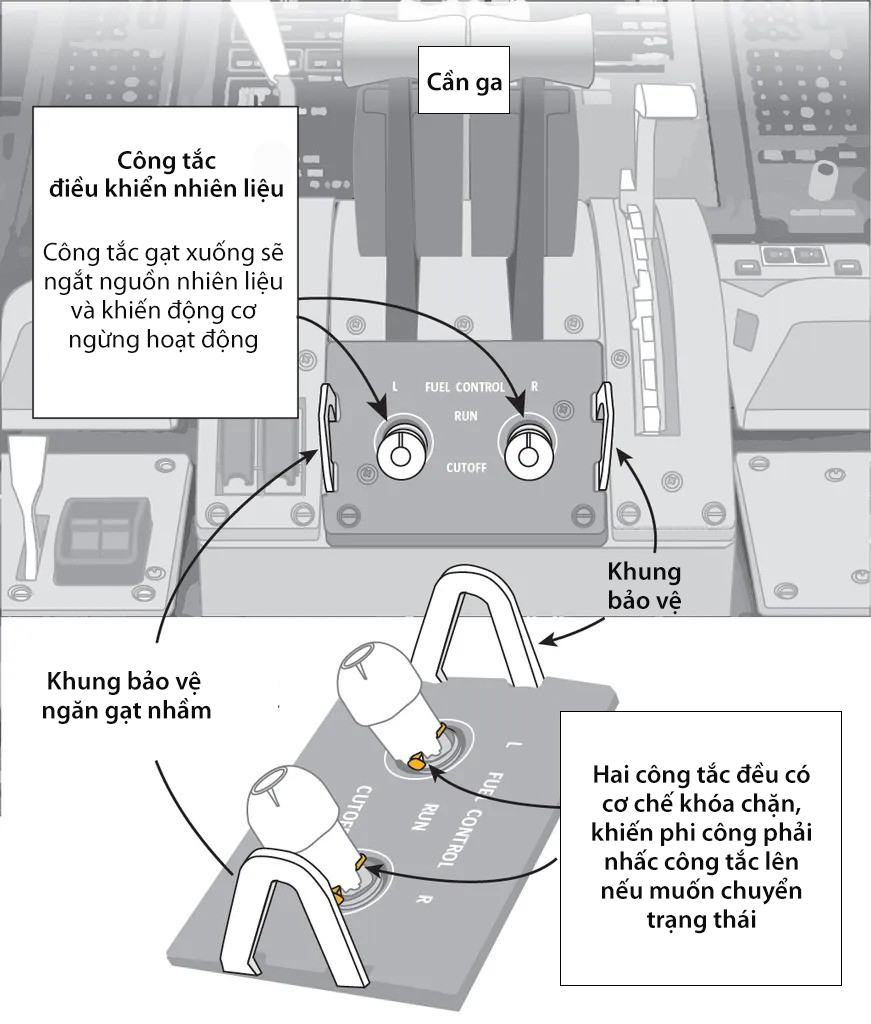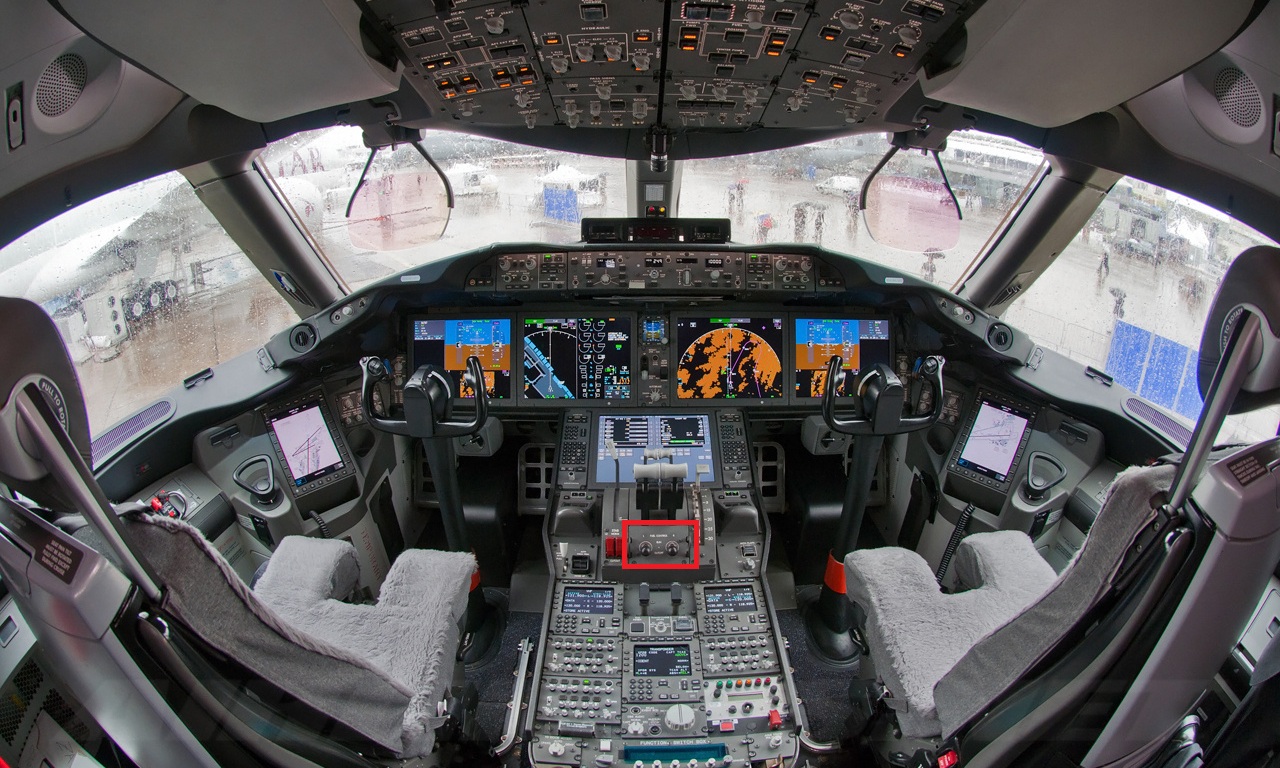India’s Aircraft Accident Investigation Bureau (AAIB) released a preliminary report on July 11 regarding the Air India Boeing 787 crash last month that killed 241 of the 242 people on board. The report indicates that the fuel control switches for both engines were flipped from "run" to "cutoff", one second apart, before the aircraft lost speed.
The plane rapidly lost altitude. The switches were then flipped back to the "run" position and the engines restarted, but a pilot issued a "mayday" distress call. After asking the flight crew what had happened, air traffic control observed the plane crash and dispatched emergency responders.
The report doesn't explain why both fuel control switches were turned off, but the incident highlights their critical role in flight safety.
The fuel control switches manage the valves that supply fuel to the engines. In the "run" position, the valves open, providing fuel for engine operation. When switched to "cutoff", the fuel supply is stopped, completely shutting down the engines.
Pilots use these switches to start and stop engines on the ground, or to restart them in case of an in-flight malfunction.
On the Boeing 787, the two fuel control switches are located below the thrust levers.
John Cox, a retired captain and CEO of Safety Operating Systems, an aviation safety consulting firm in the US, explained that each switch has its own independent electrical system and wiring.
Accidental switching from "run" to "cutoff" or vice-versa is unlikely due to protective guards and locking mechanisms. To change the switch position, a pilot must grip the knob and lift it.
 |
Location of the fuel control switches on a Boeing 787. Graphic: Seattle Times |
According to black box data, the fuel control switches on the Air India plane were turned to "cutoff" just seconds after takeoff, causing the engines to lose thrust. “In the cockpit voice recorder, one of the pilots asked why the other pilot had cut off the fuel. The other pilot replied that he had not," the report states.
“No sane pilot would turn off the fuel switches during a flight, especially during the initial climb," said aviation safety expert John Nance.
Evidence from the crash site indicates the switches were returned to the "run" position. However, commercial aircraft engines typically require considerable time to regain full thrust. The pilot’s efforts could not prevent the Boeing 787 from losing altitude and crashing.
The AAIB stated it won't issue recommendations to airlines, Boeing, or engine manufacturer General Electric, suggesting the crash wasn't due to a technical fault with the aircraft or engines.
 |
Location of the fuel control switches on a Boeing 787 (circled in red). Photo: Airliners |
Air India flight AI171 crashed shortly after taking off from Ahmedabad Airport in Gujarat on the afternoon of 12/6, plummeting into a medical school dormitory. The plane carried 230 passengers, including 169 Indian citizens, 53 British, seven Portuguese, and one Canadian, along with 12 crew members.
The crash resulted in 260 fatalities, including 241 on board and 19 on the ground. Only one British passenger survived. Dozens of people on the ground were also injured.
Air India stated that the Boeing 787 was well-maintained and had no known issues before the accident. This incident marks the first fatal crash involving this aircraft type since its commercial debut in 2011.
(Reuters, AP, AFP)












